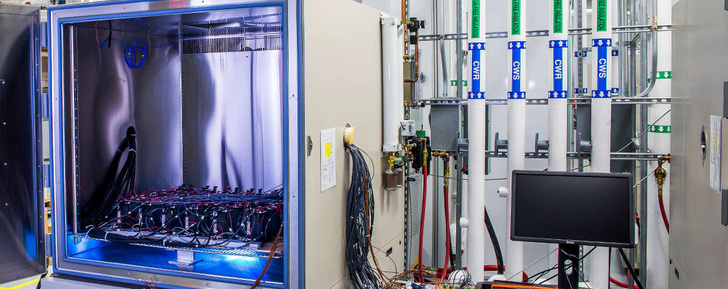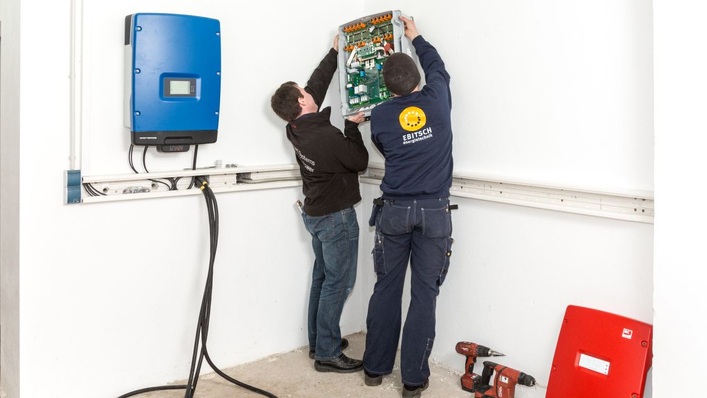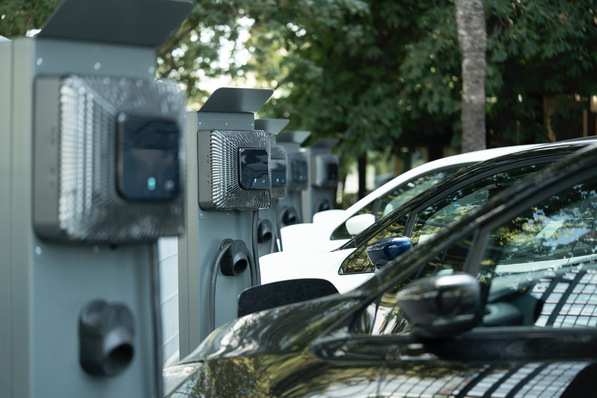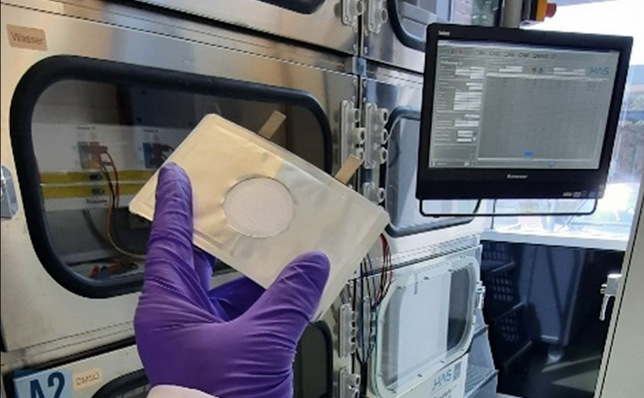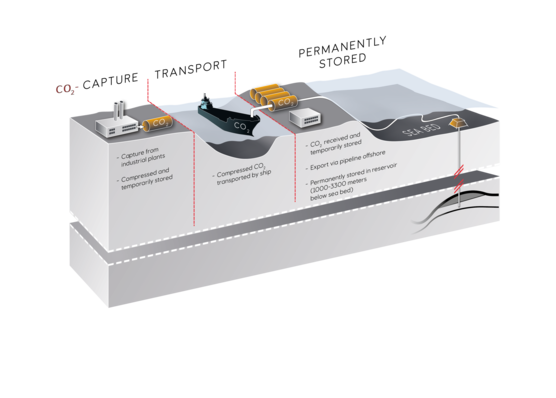DNV GL released its second annual Battery Performance Scorecard, which provides an independent ranking and evaluation of different types of batteries, based on testing performed in DNV GL’s battery performance and safety test laboratories. It also provides industry guidelines for developers and operators to ensure their systems have been designed to mitigate risks such as battery fires.
DNV GL’s Product Qualification Program (PQP) tests a range of batteries, including next-generation Lithium-ion cells, to provide the industry with reliable, rigorous, and consistent data to determine what constitutes high battery performance. The results of these tests are compiled in the Battery Performance Scorecard.
Key findings of the report include:
1. Batteries of similar chemistry will have varying sensitivities to degradation
2. No battery does well in all areas of testing; most batteries demonstrate a strength in one or more categories
3. Battery fire safety depends on the quantity of cascading battery cells, ventilation and water as a combined toolkit for managing a battery fire.
“The energy storage market is growing, and batteries are a crucial component of the energy transition. However, to ensure that the increasing number of energy storage projects and battery deployments are safe, reliable and high performing, a robust and independent testing program is foundational to the future of the industry,” said Richard S. Barnes, Executive Vice President North America at DNV GL- Energy. “The Scorecard will help to accelerate the market, making data about battery safety and performance more transparent and easier to verify with independent reviews.”
Energy storage technologies continue to mature and advance while energy markets seek new ways to link variable renewable output to the peaks and valleys of power demand. Recent performance disputes and battery fire incidents are now also bringing safety and reliability of energy storage systems to the top of the agenda for EPCs, investors and developers. Based on extensive fire-testing of battery cells, modules, sub-system components, and systems, the 2019 Battery Performance Scorecard provides industry recommendations to ensure safety:
Safety recommendations
1) Battery systems should be designed to limit cell-to-cell propagation
2) Although counterintuitive, use water to extinguish fires
3) Ensure combustible gases can be ventilated in a fire emergency
While there is a very low probability of battery fires, the consequences of such fires can be great, whether the fire originates in the battery, or is caused by factors external to the battery system.
“Reliable and independent data about battery performance, lifetime, and safety have been historically hard to find in the energy storage industry,” said Davion Hill, U.S. energy storage business leader at DNV GL. “The Scorecard provides a roadmap for EPCs, developers, and owners to understand which battery technologies will work best for their project, mitigate risks like performance shortfalls or fire, and ensure that their project achieves its goals.”
The report is available for download at www.dnvgl.com/2019BatteryScorecard. (HCN)

